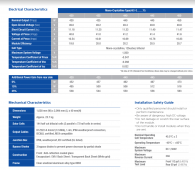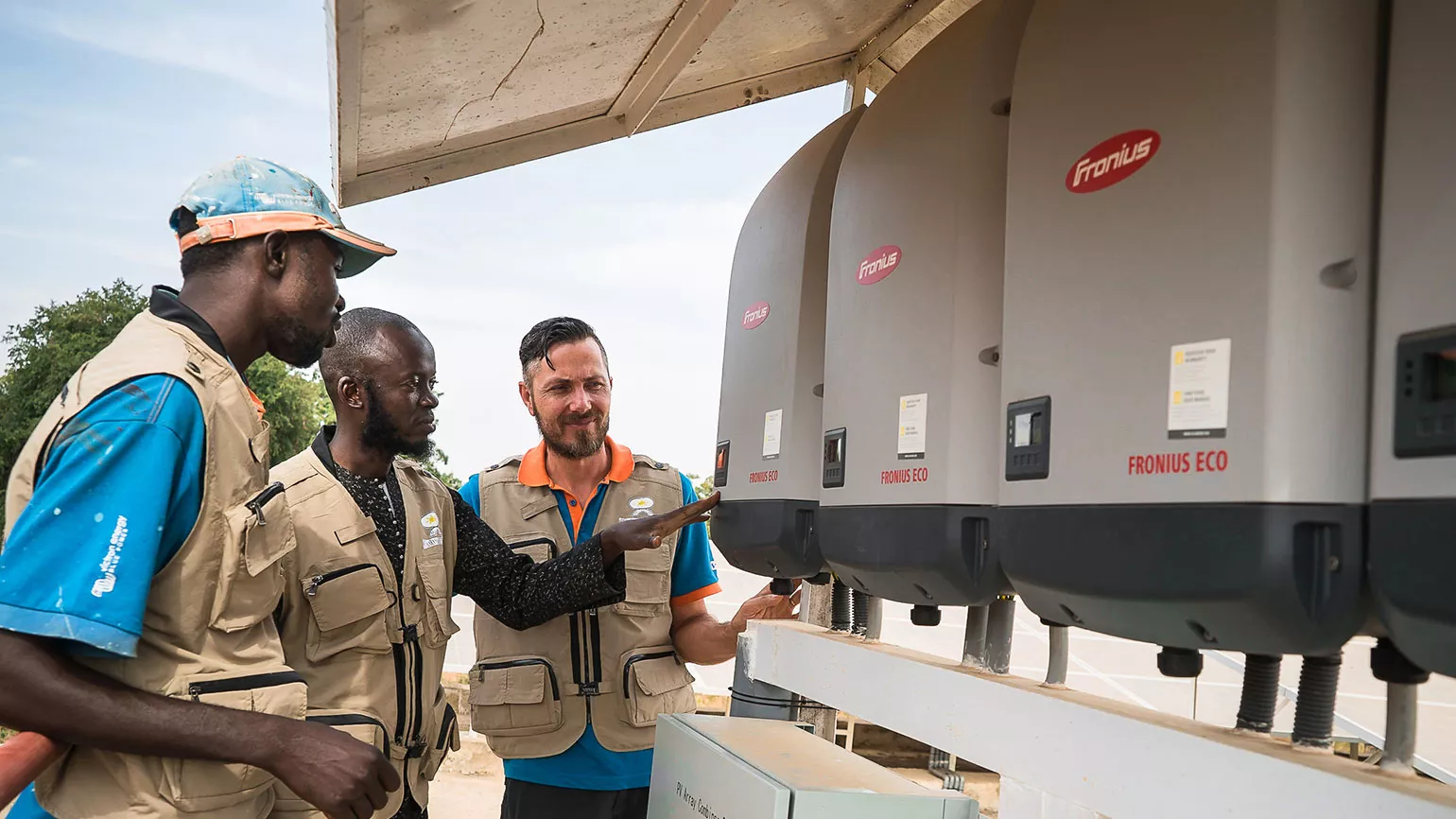How does design life of whole house generator compare to grid outage rate and desired lifespan? Some are intended for fairly low total hours, others for much heavier usage.
You could look into battery inverter system now, set up something with grid pass-thru and automatic generator start. Generator would get less use, could extend its life.
My SMA Sunny Island has only one AC input, would require external transfer switch for generator. But you have that already.
Other battery inverters may have two AC inputs and could switch to generator automatically.
Lately I've seen a 2x Sunny Island box on eBay for $7000 (previously they were listed at lower prices.) Possibly that would meet your needs, and you could make an offer. Or maybe something with less power meets your needs at lower price.
Battery is likely a major expense, unless very small.
Make sure your exact Fronius model does support frequency-watts. I found UL-1741 SA among the features listed, but didn't dig deep enough to confirm frequency-watts or not.




